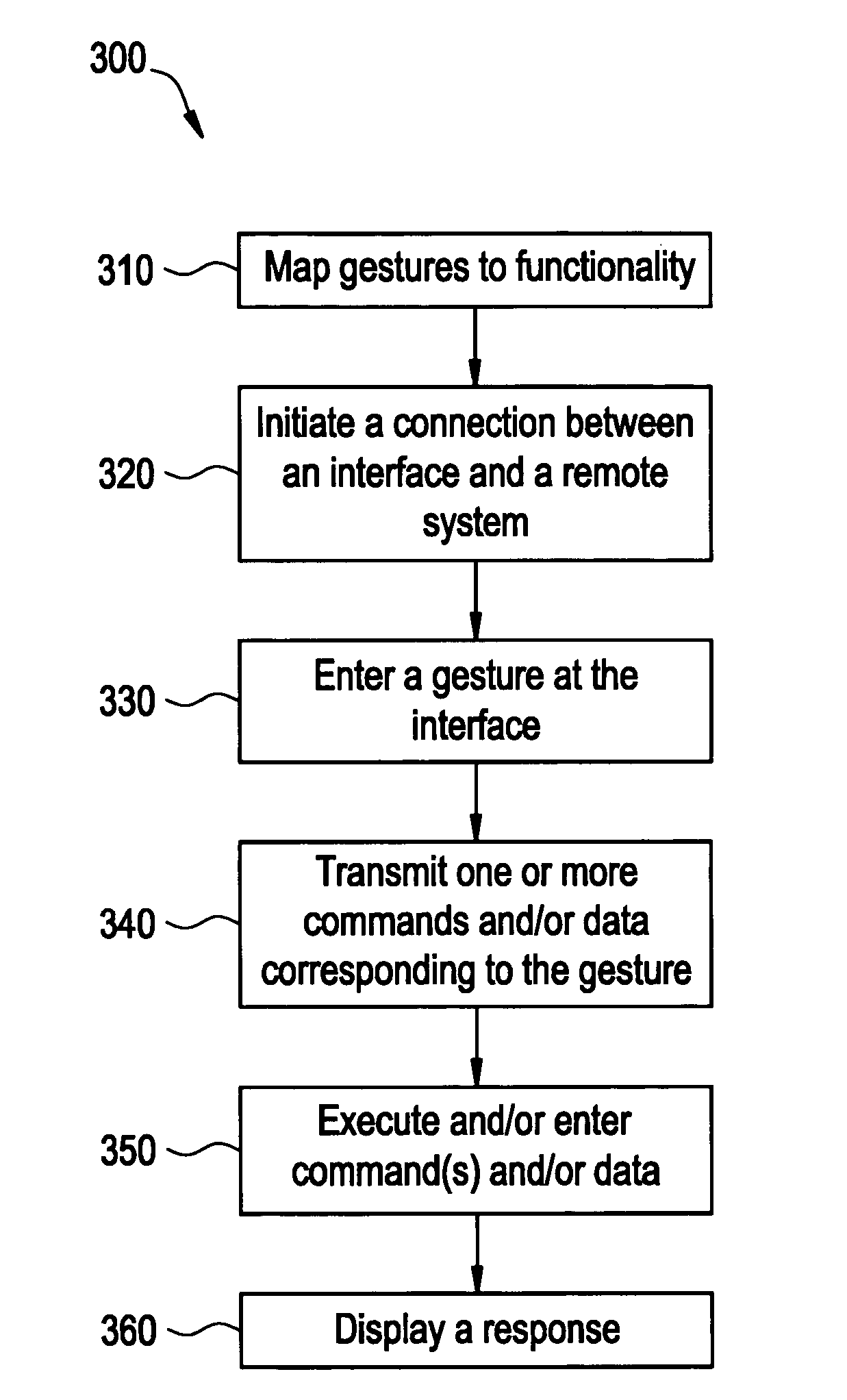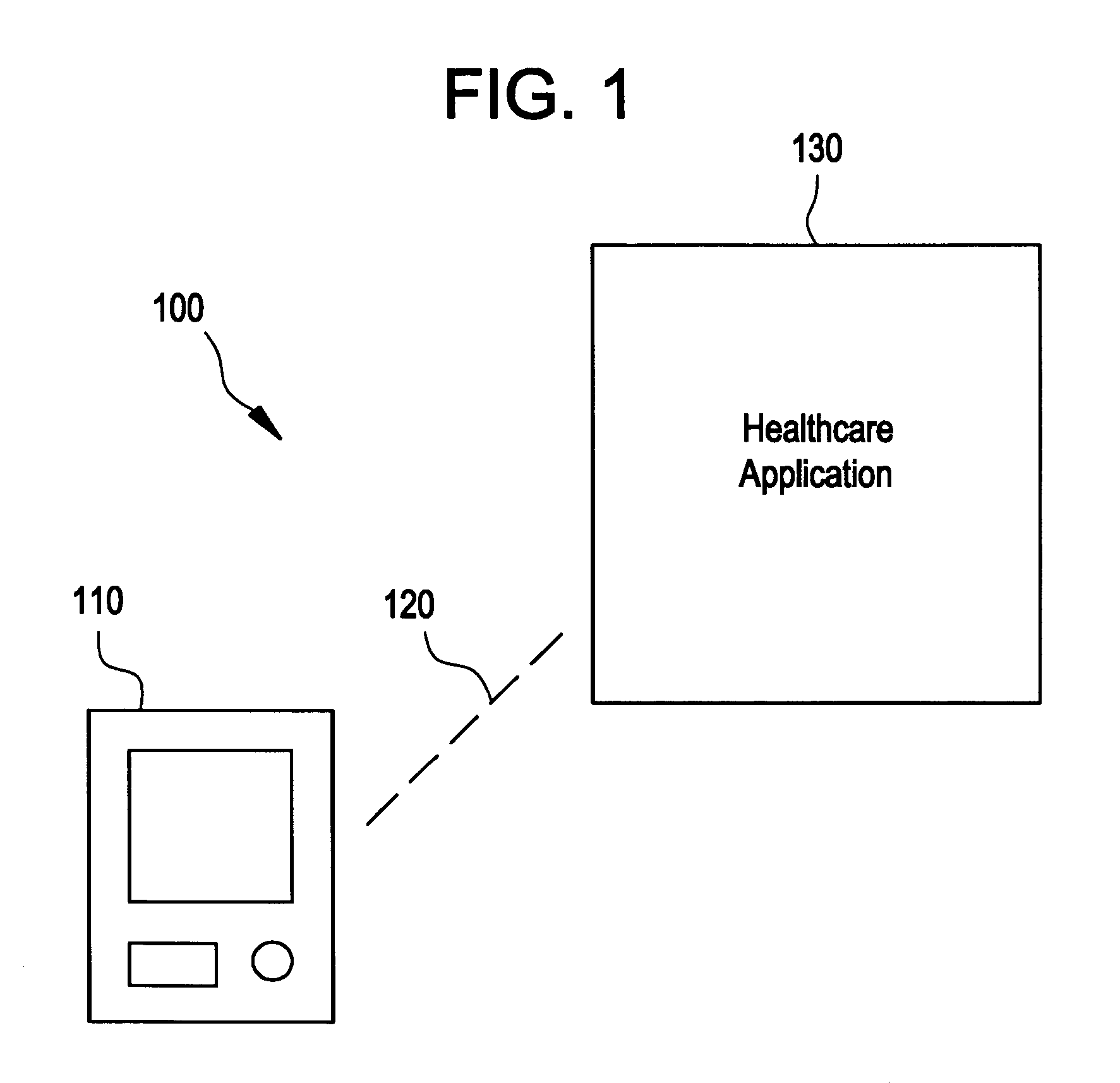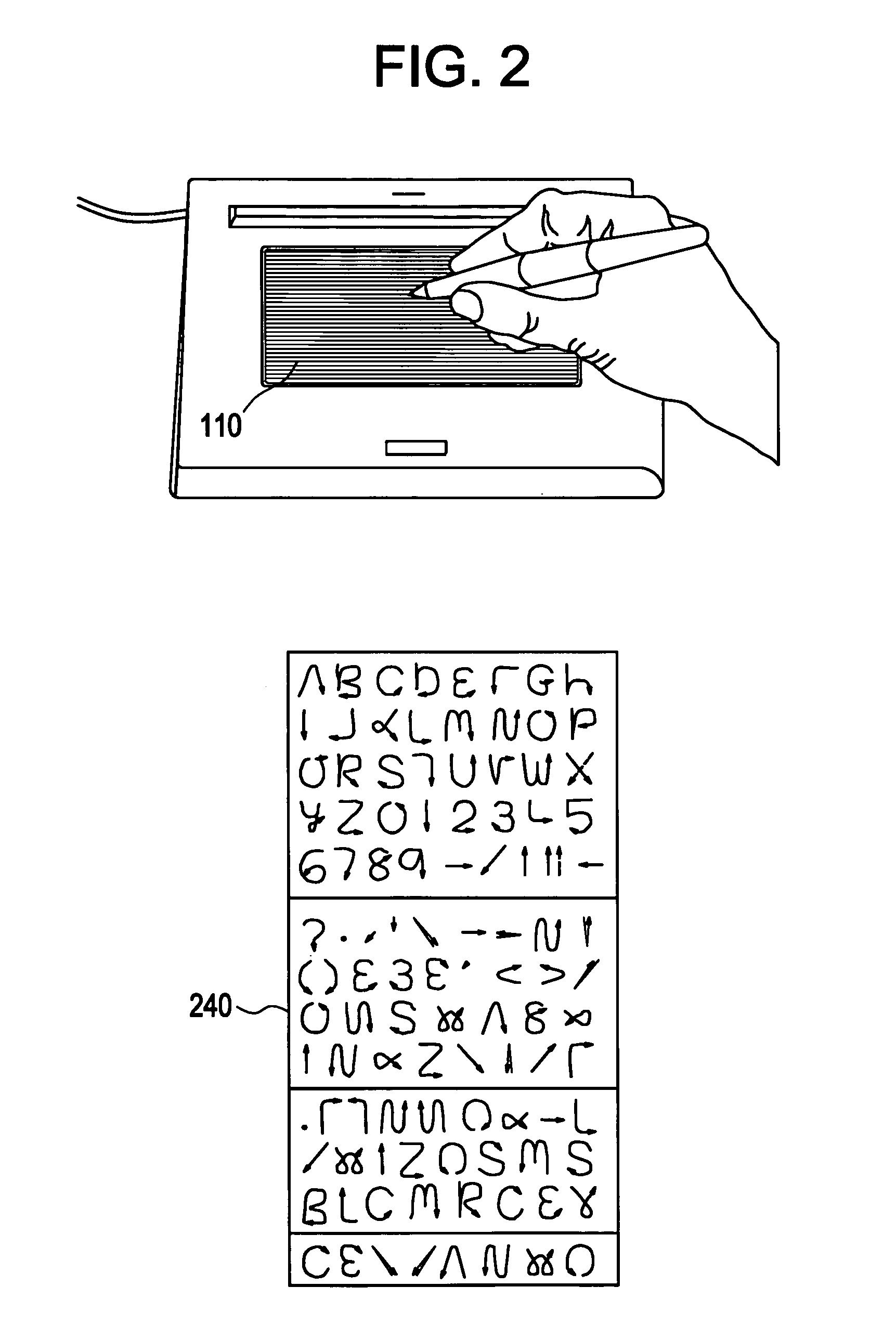Method and system for gesture recognition to drive healthcare applications
a gesture recognition and healthcare technology, applied in the field of improving healthcare application workflow, can solve the problems of confusion or delay, health care personnel may encounter many difficulties or obstacles in their workflow, and achieve the effect of facilitating clinical workflow
- Summary
- Abstract
- Description
- Claims
- Application Information
AI Technical Summary
Benefits of technology
Problems solved by technology
Method used
Image
Examples
Embodiment Construction
[0024]FIG. 1 illustrates an information input and control system 100 for healthcare applications and workflow used in accordance with an embodiment of the present invention. The system 100 includes an interface 110, a communication link 120, and a healthcare application 130. The components of the system 100 may be implemented in software, hardware, and / or firmware, for example. The components of the system 100 may be implemented separately and / or integrated in various forms.
[0025] The communication link 120 serves to connect the interface 110 and the healthcare application 130. The link 120 may a cable or other wire-based link, a data bus, a wireless link, an infrared link, and / or other data connection, for example. For example, the communication link 120 may be a USB cable or other cable connection. Alternatively or in addition, the communication link 120 may include a Bluetooth, WiFi, 802.11, or other wireless communication device, for example. The communication link 120 and inte...
PUM
 Login to View More
Login to View More Abstract
Description
Claims
Application Information
 Login to View More
Login to View More - R&D
- Intellectual Property
- Life Sciences
- Materials
- Tech Scout
- Unparalleled Data Quality
- Higher Quality Content
- 60% Fewer Hallucinations
Browse by: Latest US Patents, China's latest patents, Technical Efficacy Thesaurus, Application Domain, Technology Topic, Popular Technical Reports.
© 2025 PatSnap. All rights reserved.Legal|Privacy policy|Modern Slavery Act Transparency Statement|Sitemap|About US| Contact US: help@patsnap.com



